What Size Telescope To See Saturn?
When it comes to stargazing, few celestial objects captivate the imagination quite like Saturn. Its iconic rings and numerous moons make it a prime target for amateur astronomers. However, one of the most common questions for those new to the hobby is: "What size telescope do I need to see Saturn?" This article aims to provide a comprehensive guide to help you understand the different telescope options available and what you can expect to see with each.
Understanding Telescope Specifications

Before diving into specific telescope sizes, it's essential to understand some basic terminology:
1. Aperture: This is the diameter of the telescope's main optical component (lens or mirror). A larger aperture allows more light to enter the telescope, resulting in brighter and clearer images.
2. Focal Length: This is the distance between the telescope's main optical component and the point where the image is formed. A longer focal length provides higher magnification.
3. Magnification: This is determined by dividing the focal length of the telescope by the focal length of the eyepiece. Higher magnification allows you to see more detail but can also make the image dimmer and more susceptible to atmospheric disturbances.
Telescopes for Viewing Saturn
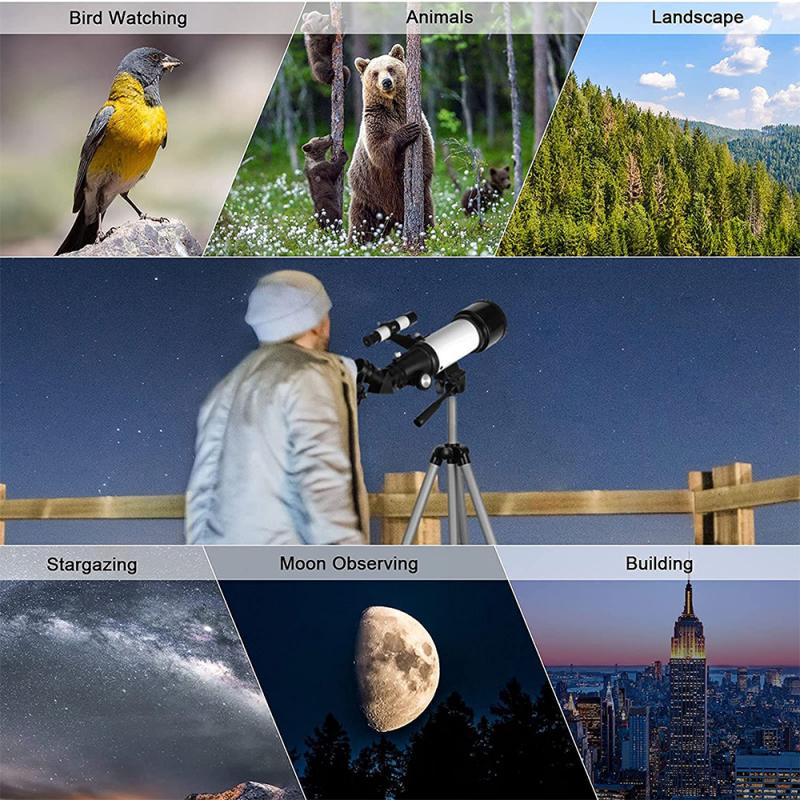
1. Small Telescopes (Aperture: 60-80mm)
Small telescopes are often the entry point for many amateur astronomers. These telescopes are usually affordable and portable, making them an excellent choice for beginners.
- What You Can See: With a small telescope, you can easily spot Saturn and its rings. The planet will appear as a small, bright disk with the rings clearly visible. You may also be able to see Titan, Saturn's largest moon.
- Limitations: The image will lack fine detail, and the rings may appear as a single, solid band rather than individual ring divisions.
2. Medium Telescopes (Aperture: 90-130mm)
Medium-sized telescopes offer a significant improvement in image quality and detail. These telescopes are still relatively affordable and portable but provide a more satisfying viewing experience.
- What You Can See: With a medium telescope, Saturn's rings will appear more defined, and you may be able to see the Cassini Division, a dark gap between the A and B rings. You can also observe more of Saturn's moons, such as Rhea and Dione.
- Limitations: While the image quality is better, atmospheric conditions can still affect the clarity of the view.
3. Large Telescopes (Aperture: 150mm and above)
Large telescopes are for those who are serious about astronomy. These telescopes offer the best image quality and detail but come with a higher price tag and less portability.
- What You Can See: With a large telescope, you can see intricate details of Saturn's rings, including the Encke Gap and subtle color variations. The planet's cloud bands and multiple moons will also be visible.
- Limitations: The primary limitation is the cost and the need for a stable mount to handle the telescope's weight.
Additional Considerations
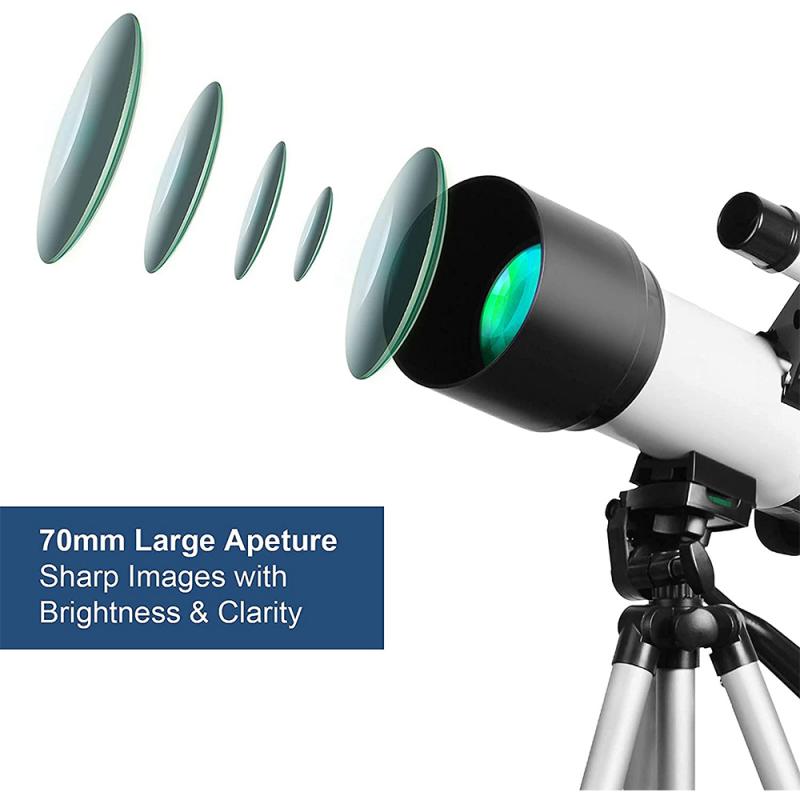
1. Eyepieces
The eyepiece you use can significantly impact your viewing experience. Higher magnification eyepieces can provide more detail but may require better atmospheric conditions. It's often a good idea to have a range of eyepieces to adapt to different viewing conditions.
2. Filters
Filters can enhance the viewing experience by reducing glare and increasing contrast. For Saturn, a yellow or light blue filter can help bring out details in the rings and the planet's atmosphere.
3. Atmospheric Conditions
Even the best telescope can't overcome poor atmospheric conditions. Clear, dark skies away from city lights provide the best viewing experience. Checking local weather and astronomical seeing conditions can help you plan your stargazing sessions.
Practical Tips for Viewing Saturn
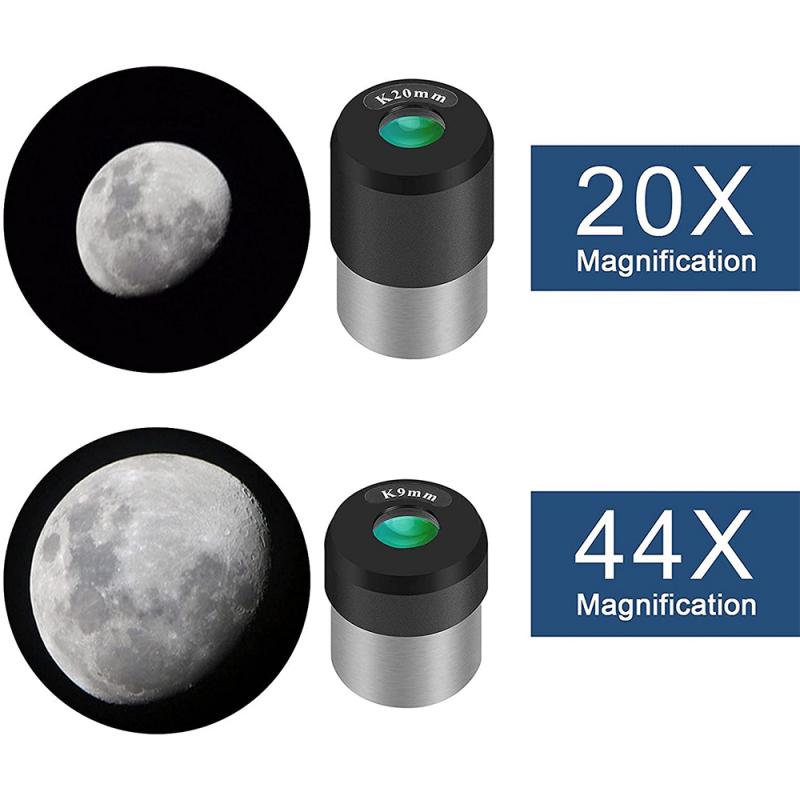
1. Plan Your Viewing Time: Saturn is not always visible throughout the year. Use an astronomy app or website to find the best times to view Saturn from your location.
2. Allow Your Telescope to Cool: Telescopes need time to adjust to the outdoor temperature. Allow at least 30 minutes for your telescope to cool down to avoid image distortion.
3. Use a Stable Mount: A shaky mount can ruin your viewing experience. Invest in a sturdy mount to keep your telescope stable.
4. Start with Low Magnification: Begin with a low magnification eyepiece to locate Saturn, then switch to higher magnifications for more detail.
5. Be Patient: Viewing conditions can change rapidly. Be patient and wait for moments of clear seeing to get the best views.
Choosing the right telescope to view Saturn depends on your budget, experience level, and what you hope to see. Small telescopes are great for beginners and provide a satisfying view of Saturn and its rings. Medium telescopes offer more detail and are a good middle ground for those looking to delve deeper into astronomy. Large telescopes provide the best views but come with higher costs and less portability.
Regardless of the telescope you choose, the key to a rewarding stargazing experience is preparation and patience. By understanding your equipment and the conditions, you can enjoy the breathtaking sight of Saturn and its rings, making your astronomical journey truly unforgettable.



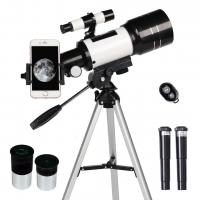
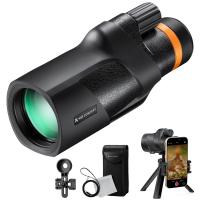
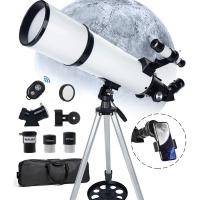

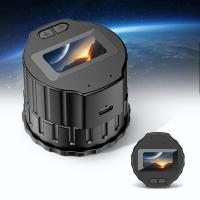
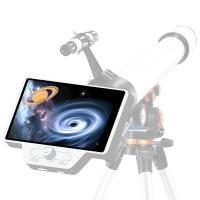

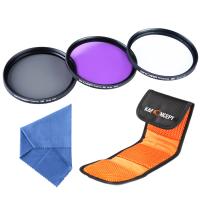

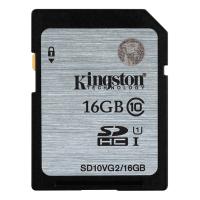

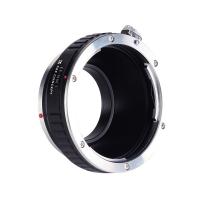
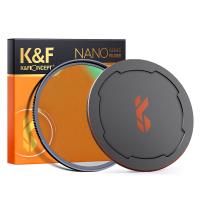
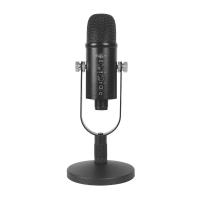
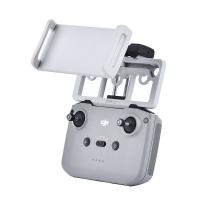
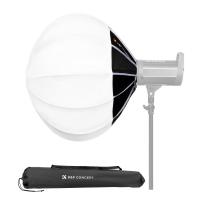


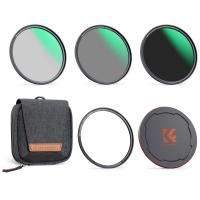
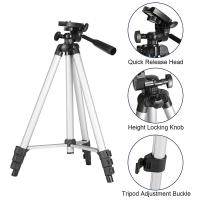
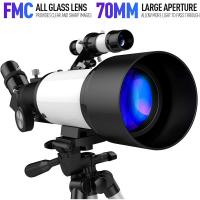



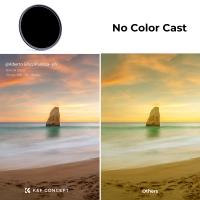

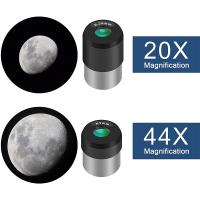





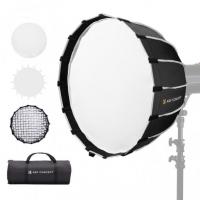


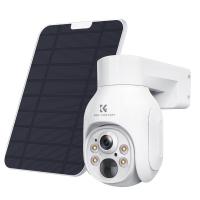
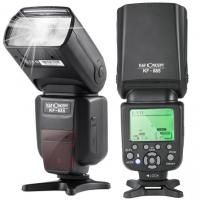
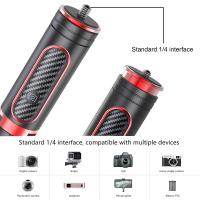
There are no comments for this blog.